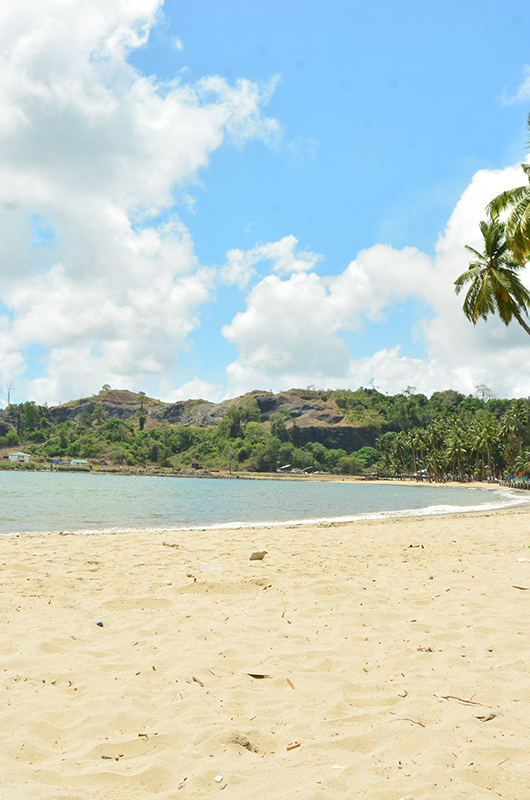A cage for heroes that echoes hope
Based on the idea of the Panopticon (a prison with a central observation tower overlooking individual cells), the construction of the Cellular jail started in 1896 and took 10 years to complete. It contained 3 floors and 7 wings, each connecting like spokes of a wheel. Today, you'll only be able to witness 3 wings, as the rest were demolished after independence.
696 cells were built to host the prisoners in solitary confinement, which only had a small ventilator as a window to the world outside. If you thought this was the worst that could happen, prepare yourself.
Torture, forced labour, and death were followed by poor living conditions, which made this prison a hell nobody could escape from. In response to poor conditions in the Cellular Jail, including the quality of prison food, many prisoners went on hunger strikes. Those who did were often force-fed by the prison authorities.
The feeling of hopelessness still lingers in the air as you step inside the premises. Every nook and corner of this memorial is heavy with the weight of untold stories and grim reminders of a ghastly time that was experienced by our brave heroes whose only crime was to dream of breathing under a free sky. After Mahatma Gandhi and Rabindranath Tagore protested against the brutality, the colonial government emptied the prison in 1939. The Japanese captured it two years later to be transformed into a POW camp, and by 1945, this island was the first territory of India to be declared independent.
Take a walk, take a look at the pictures and peer into the solitary cells. This experience, unlike any other, shows you a grim history of a time gone by and tells you a story of keeping hopes alive against all uncertainties.
End your tour with the poignant sound and light show, which depicts the heartbreaking ordeal of the sufferings and trials faced by our brave freedom fighters. You won't be the only one who'll leave with moistened eyes and overwhelming gratitude towards the heroes who fought for our freedom.



































